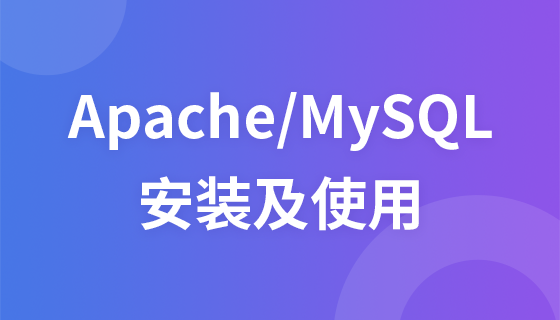PidFile directive
Syntax: PidFile filename
Default: PidFile logs/httpd.pid
Context: server config
Status: core
The PidFile directive sets the file to which the server records the process id of the daemon. If the filename does not begin with a slash (/) then it is assumed to be relative to the ServerRoot. The PidFile is only used in standalone mode.
It is often useful to be able to send the server a signal, so that it closes and then reopens its ErrorLog and TransferLog, and re-reads its configuration files. This is done by sending a SIGHUP (kill -1) signal to the process id listed in the PidFile.
The PidFile is subject to the same warnings about log file placement and security.
--------------------------------------------------------------------------------
Port directive
Syntax: Port number
Default: Port 80
Context: server config
Status: core
Number is a number from 0 to 65535; some port numbers (especially below 1024) are reserved for particular protocols. See /etc/services for a list of some defined ports; the standard port for the http protocol is 80.
The Port directive has two behaviors, the first of which is necessary for NCSA backwards compatibility (and which is confusing in the context of Apache).
In the absence of any Listen or BindAddress directives specifying a port number, a Port directive given in the "main server" (i.e., outside any
The Port directive sets the SERVER_PORT environment variable (for CGI and SSI), and is used when the server must generate a URL that refers to itself (for example when creating an external redirect to itself). This behaviour is modified by UseCanonicalName.
In no event does a Port setting affect what ports a VirtualHost responds on, the VirtualHost directive itself is used for that.

PHP怎么学习?PHP怎么入门?PHP在哪学?PHP怎么学才快?不用担心,这里为大家提供了PHP速学教程(入门到精通),有需要的小伙伴保存下载就能学习啦!




Copyright 2014-2025 https://www.php.cn/ All Rights Reserved | php.cn | 湘ICP备2023035733号